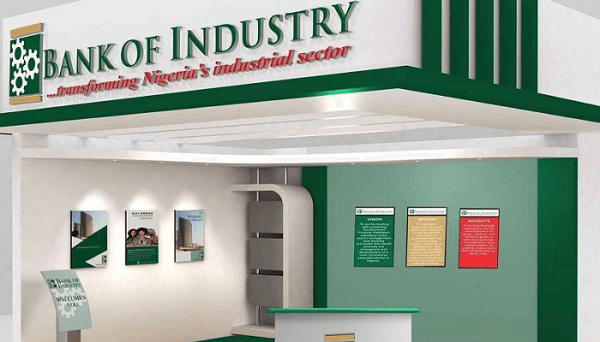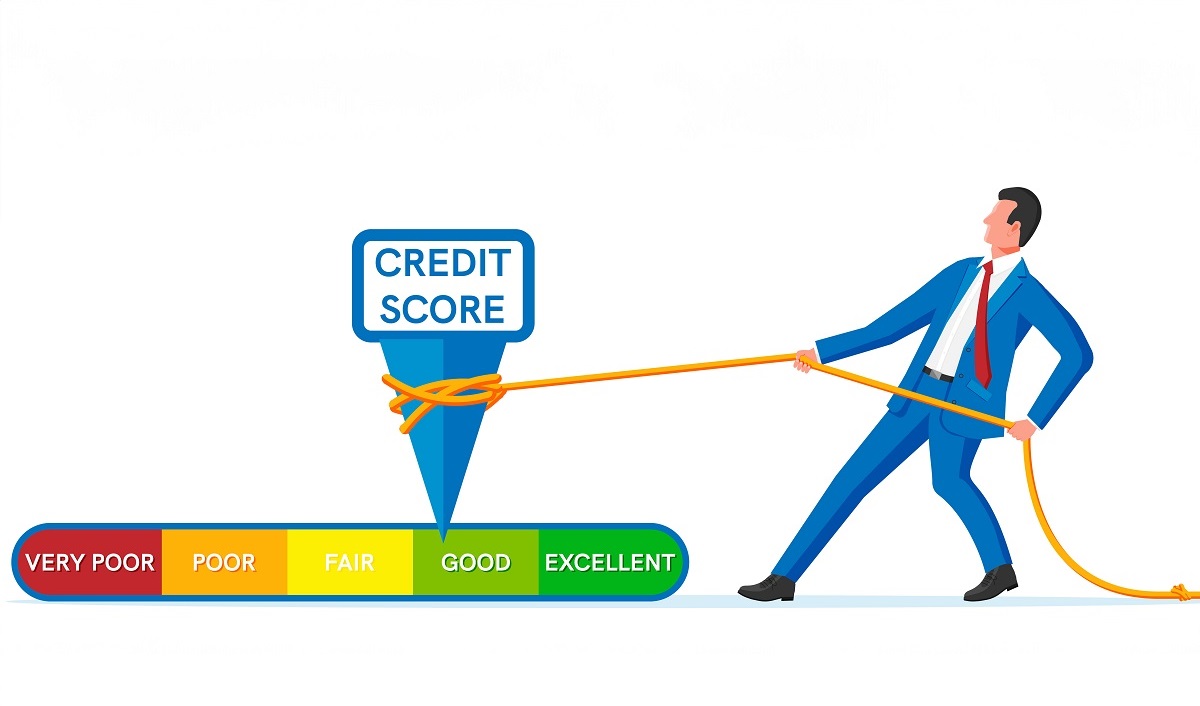In today’s competitive business environment, optimizing profit is about more than just increasing revenue or cutting costs. It’s about building a sustainable and resilient business model that can adapt to changing market conditions, embrace innovation, and ensure long-term success. A focus on sustainable profit growth allows businesses to not only thrive in the short term but also ensure continued success and profitability for years to come.
In this blog post, we’ll explore a framework for optimizing profit that balances financial performance with strategic sustainability, empowering your business to grow and maintain its competitive edge.
1. Focus on Long-Term Value Over Short-Term Gains
The first step in optimizing profit sustainably is shifting the focus from short-term gains to long-term value. While it’s tempting to chase quick wins, sustainable profit optimization requires building a business model that delivers consistent returns over time.
Customer-Centric Approach: A key driver of long-term value is customer satisfaction and loyalty. Focus on creating value for customers by providing high-quality products, exceptional service, and personalized experiences. When customers trust your brand, they’re more likely to stay loyal, make repeat purchases, and become brand advocates.
Investment in Innovation: Embrace innovation to create new products, services, or business processes that differentiate your brand from competitors. While research and development (R&D) investments may not yield immediate returns, they help build a foundation for future growth and profitability.
Sustainable Practices: Emphasizing sustainability in your operations can increase efficiency, reduce costs, and build brand equity. Implement eco-friendly initiatives, reduce waste, and promote responsible sourcing to enhance your company’s reputation and reduce long-term environmental costs.
2. Optimizing Operational Efficiency
Optimizing your operations is one of the most effective ways to improve profitability without sacrificing quality or customer satisfaction. Streamlining processes, cutting unnecessary expenses, and improving productivity can have a direct and lasting impact on your bottom line.
Lean Management: Adopt lean management principles to eliminate waste and inefficiency. Streamline workflows, reduce redundant steps, and optimize resource allocation to maximize output with fewer resources. This can help lower costs while maintaining high levels of product or service quality.
Automation and Technology: Leveraging automation and technology is key to driving operational efficiency. By automating routine tasks, such as invoicing, payroll, or inventory management, you free up time and resources that can be better spent on strategic activities. Additionally, technology-driven solutions such as artificial intelligence (AI) and data analytics can help businesses make smarter, data-informed decisions.
Supply Chain Optimization: Review and optimize your supply chain to ensure cost-effectiveness and reliability. Negotiate better terms with suppliers, diversify sourcing to reduce risk, and implement just-in-time inventory systems to lower holding costs and improve cash flow.
3. Building a Strong Financial Foundation
A solid financial foundation is essential for sustainable profit growth. By managing your finances with care, tracking key metrics, and staying ahead of potential risks, you can optimize your profitability while maintaining stability.
Cash Flow Management: Maintaining healthy cash flow is crucial for ensuring that your business has the liquidity to cover operating expenses, invest in growth opportunities, and weather any financial challenges. Implement cash flow forecasting to predict future needs and plan accordingly. Ensure that payment cycles, vendor terms, and receivables are aligned to avoid liquidity shortfalls.
Cost Control: Regularly review your expenses and identify areas where you can reduce costs without sacrificing quality. This could include renegotiating contracts, cutting non-essential overhead, or outsourcing tasks that don’t directly contribute to your core business.
Profitability Metrics: Track profitability metrics such as gross margin, net profit margin, return on assets (ROA), and return on equity (ROE) to monitor the financial health of your business. Analyzing these metrics will help you understand where you’re making money and where you need to improve.
4. Strategic Pricing and Revenue Optimization
Price optimization is an essential component of profit optimization. Finding the right price for your products or services is crucial to maximize profitability while remaining competitive in the market.
Value-Based Pricing: Instead of simply competing on price, consider value-based pricing. Set prices based on the perceived value your products or services provide to customers. This allows you to capture higher margins without sacrificing sales volume.
Dynamic Pricing: Implement dynamic pricing strategies that adjust based on market demand, customer behavior, or seasonality. For example, businesses in hospitality, travel, or retail can use dynamic pricing models to maximize revenue during peak seasons or high-demand periods.
Revenue Diversification: Look for opportunities to diversify your revenue streams. Relying on a single source of income can be risky, especially if market conditions change. Consider introducing complementary products or services, subscription-based models, or new business channels that align with your core offerings.
5. Effective Risk Management
Profit optimization is not just about maximizing revenue—it’s also about mitigating risks that could threaten your financial stability. A proactive approach to risk management ensures that you’re prepared for unexpected challenges and can maintain profitability even in volatile markets.
Diversification: Diversify your investments, product offerings, and markets to reduce reliance on any single source of income. This can help protect your business from economic downturns, industry disruptions, or changes in consumer preferences.
Financial Hedging: Use financial hedging techniques to protect against currency fluctuations, interest rate changes, or commodity price volatility. Hedging can be an effective tool for stabilizing cash flow and protecting margins in uncertain environments.
Insurance and Contingency Plans: Ensure that your business is adequately insured against unforeseen events, such as natural disasters, cyberattacks, or supply chain disruptions. Additionally, develop contingency plans for various scenarios so that you can quickly adapt if a risk materializes.
6. Fostering a Culture of Continuous Improvement
To truly optimize profit in a sustainable way, your business must adopt a culture of continuous improvement. This means regularly assessing your performance, seeking feedback, and staying agile in response to market conditions.
Employee Engagement: Employees who are engaged, motivated, and aligned with your business’s goals are more productive and contribute to profitability. Provide training, foster innovation, and create a positive work environment that encourages creativity and problem-solving.
Customer Feedback: Consistently seek feedback from customers to understand their needs and preferences. This can help you identify areas for improvement in products, services, or customer experience, which in turn can increase customer loyalty and drive repeat business.
Agility and Adaptation: The business landscape is constantly evolving, and your business must be agile enough to pivot when necessary. Whether it’s responding to new technology trends, regulatory changes, or market shifts, businesses that embrace change are better positioned for long-term success.
Conclusion
Optimizing profit for sustainable success requires a multifaceted approach that focuses on operational efficiency, financial health, strategic pricing, risk management, and a culture of continuous improvement. By focusing on long-term value, streamlining processes, and making data-driven decisions, businesses can not only improve profitability but also create a strong foundation for future growth.
If you’re looking to optimize your business’s profits in a way that promotes long-term success, our team of financial consultants is here to help. Contact us today to discuss how we can support you in building a sustainable and profitable future for your business.






0 Comments